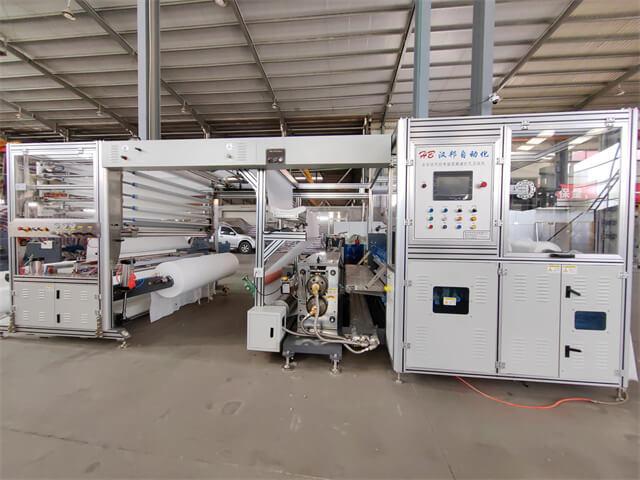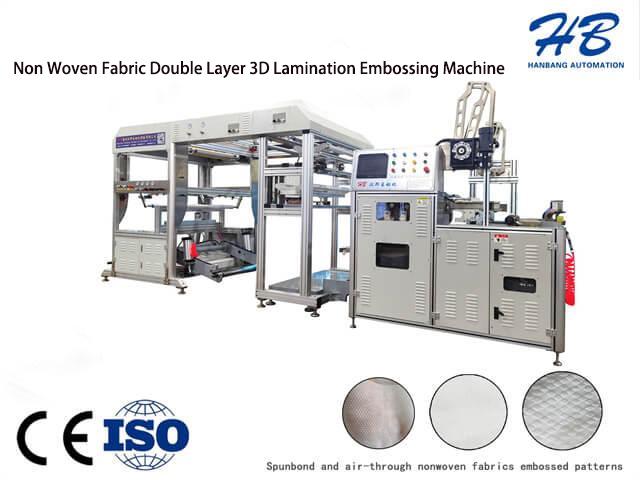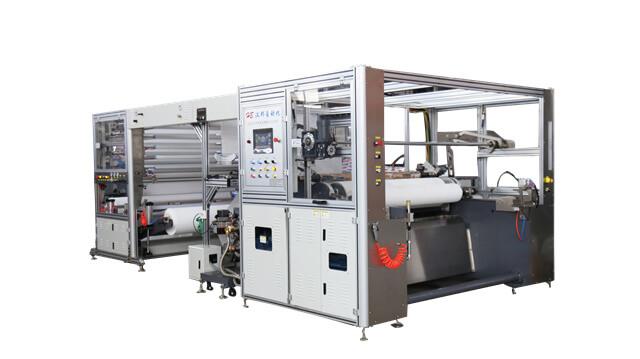
1. åå²ç²¾åº¦. 2. åå²é度. 3. åå²ç¨³å®æ§. 4. åå²åå ·å¯¿å½. 5. èªå¨åç¨...
Introduction. 1. Proper Maintenance. 2. Blade Sharpening. 3. Material Alignment. 4. Speed and Pressure Settings. 5. Safety Measures. 6. Regular Inspections. 7. ...
1. Regular Cleaning. 2. Lubrication. 3. Blade Sharpening. 4. Adjustment and Alignment. 5. Inspection and Maintenance of Other Components. 6. Safe Operation. 7. ...
Introduction. Step 1: Preparing the Workspace. Step 2: Assembling the Cutter. Step 3: Electrical Connections. Step 4: Blade Installation. Step 5: Safety Measure...
Introduction. 1. Understanding Non-Woven Fabrics. 2. Consider the Fabric Thickness. 3. Evaluate Cutting Speed and Precision. 4. Assess Blade Durability. 5. Safe...
1. Diaper Production. 2. Sanitary Napkin Manufacturing. 3. Efficiency and Productivity. 4. Reduced Material Waste. 5. Customization and Flexibility. 6. Precisio...

The non-woven double layer 3D lamination embossing machine is an advanced and efficient device designed for enhancing the quality and appearance of non-woven materials. With its innovat...

Applications:Processes such as embossing, punching, and laminating non-woven materials are often used in the production of diapers and sanitary napkins....

Машина для перфорационной резки нетканых материалов с тиснением является высокоэффективным и униве...
